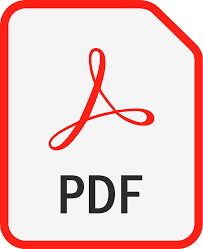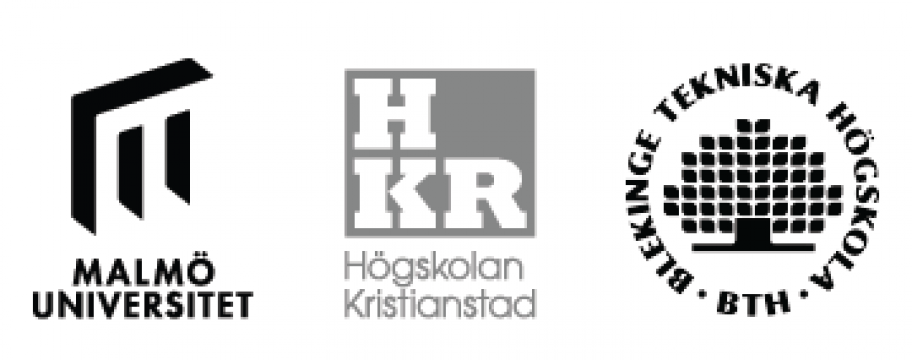- Presentatör: Marco Bertoni
- Språk: Engelska
- Rumsvärd: Åse Nygren
- Typ av session: Presentation, 30 min
- Lärosäte: Blekinge Tekniska Högskola
- Länkar till presentationen:
 Pdf |
Pdf |  Zoominspelning
Zoominspelning
Abstract
Challenge Based Learning (CBL) is a recent CDIO development that emphasizes the need to design learning experiences where the learning takes places through the identification, analysis and design of a solution to a sociotechnical problem. Starting point for such experiences is found in large open-ended problems, which emphasize identification and formulation tasks, together with the need to establish an effective dialogue with core stakeholders. Decision making in CBL is also value-driven, adding business model and sustainability components to engineering solutions. These additional characteristics stress the need to reinforce the teaching-research nexus in engineering education. Students shall be brought closer to real tools and practical applications to foster learning-by-doing and to make them reflect on the evolving role of the engineers in the face of new technological enhancements. Universities today promotes several strategies to foster this nexus, including research-led teaching, enquiry-based learning, pedagogic research and more. However, at a more operational level, it is still difficult to pinpoint what mechanisms shall be exploited to bring students and researchers closer in challenge-based engineering projects. This paper presents a framework that classifies methods and tools to leverage the teaching-research nexus in course design. The framework is composed of 2 dimensions: the level to which students participate in research-related activities vs. the environment in which these activities take place (e.g., in a ‘controlled’ academic environment vs. with company partners ‘in the real world’). A total of 13 mechanisms have been mapped in the framework, going from the simplest and less immersive (e.g., participating to the demonstration of the research methods and tools), to the most time consuming and rewarding ones (e.g., research-based group projects in collaboration with a company partner). The paper presents the defining features of these mechanisms, and discusses the results of their implementation at Blekinge Institute of Technology.

